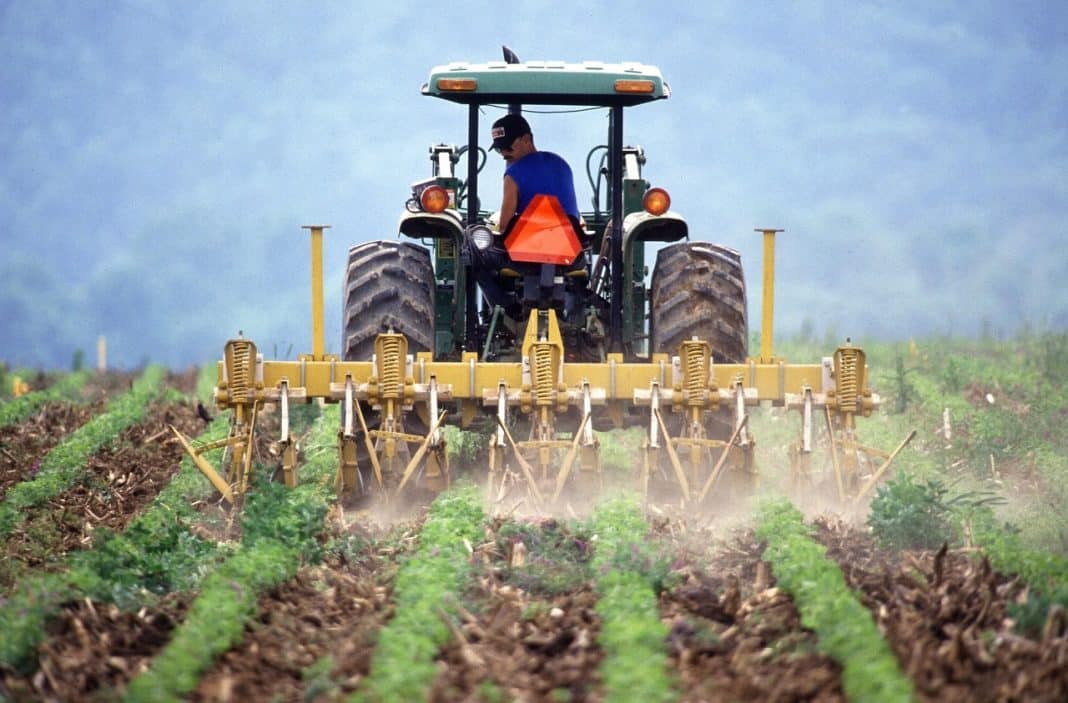Dutch farmers protested as lawmakers voted on proposals to reduce nitrogen emissions, a plan that will likely force them to cut their livestock herds or exit the farming business.
The Netherlands is Europe’s biggest meat exporter from its intensive livestock farming industry. But the Dutch government decided to cut nitrogen and ammonia by 50% by 2030, with a €25 billion budget for it.
Ministers call the proposal an “unavoidable transition” that aims to improve air, land and water quality. They warn that farmers need to adapt or face the prospect of closing their businesses.
The honest message, however, is that not all farmers can continue their business if profits are also cut. And so, Dutch farmers are revolting.
They’re angered by the government’s environmental policy to reduce 30% in livestock production. They’re blocking food distribution centers, roads, and ministers’ driveways.
Livestock Farming and Nitrogen Emissions in the Netherlands
The country has the EU’s highest density of livestock. It has ~20 million livestock, including cattle, pigs, and chickens but it only has a 17 million population.
The intensive livestock production pollutes the environment. Manure and urine combine to release ammonia. They then run-off from fields as fertilizer to streams and lakes, harming life in these bodies of water.
In other words, manure poses a harmful waste product in the Netherlands instead of being a vital fertilizer.
Also, the success in agriculture has been emitting harmful nitrogen compounds that include nitrogen oxide (N2O).
In response, the government introduced a trading or offsetting scheme in 2015. It permitted projects releasing nitrogen in exchange for future nitrogen reductions.
But in 2019, the Council of State court ruled that the scheme was not valid and that nitrogen reductions have to come first. The Dutch government believes that something has to be done with ammonia, nitrogen, and its warming emissions.
-
In effect, there’s a plan to reduce nitrogen emissions by 50% by 2030. And this has a backing of €25 (US$25.4) billion budget.
Part of the plan is cutting livestock production by 30%. Plus, over €500 million is brought forward for the regional government to buy out farmers this year and next.
Since the Netherlands is the region’s largest nitrogen emitter, the plans to cut N2O emissions must go through. So, the Dutch government created two official documents.
One is a map showing the areas where N2O reductions should happen by about 12% to 95%. The other one is a statement intended to help farmers.
But farmers consider both measures damaging to their business, particularly pointing out to the reduction numbers. They think the plans are a huge blow to their farming business and the entire sector.
In fact, many of them invested a lot in new equipment to cut down their herds’ environmental impact.
Farmers’ Grassroots Proposals Ignored
The protest that Dutch farmers initiated shakes the entire nation. There’s a big rally in Stroe’s central village and police cars get attacked. Food retailers lost tens of millions in sales.
-
And farmers declared a free state of boerenlanden (farmer land) in some villages.
One major reason for the farmers uprising is the fact that their proposals were not heard by the national government.
According to Wytse Sonnema, a spokesman for the farmers’ association the LTO, they proposed a 40% reduction by 2030.
But their proposal was fully ignored and lost over the government’s 70% reduction targets. And farms in EU-designated Natura 2000 protected zones face the hardest restrictions.
Sonnema said that:
“Famers in the Netherlands are deeply concerned and angry about the nitrogen policy that was presented by the national government on June 10th… According to the government these should all add up to a country-level reduction of 50% in 2030… which is simply unfeasible, and will have disastrous effects on not just agriculture, but on the economic, social and cultural viability of rural Netherlands.”
One group of organic farmers proposed its own 10-point plan called Green Farmers Plan. It’s intended to get farmers out of the stand-off of the nitrogen dossier yet the government ignored it.
The food team at WWF Netherlands commented on this concern. Natasja Oerlemans remarked that:
“I speak to many farmers who want to change [livestock production]: the question is how. The how is not very clear in current government communication but I think there are many opportunities for farmers to change.”
Across the country, people hang Dutch flags upside down along roads and bridges as support for the farmers. And the world is also starting to take notice.
Not Just a Dutch Issue
Nitrogen emissions is not just a Dutch issue. It’s a problem all over Europe, such as the Po Valley in Italy, Brittany in France, and parts of Denmark, Ireland and the UK.
The current Dutch farmers’ rally hinges on EU standards setting maximum safe nitrogen emissions levels. This applies all throughout the bloc.
For instance, Belgium, which has the 3rd-highest EU livestock concentration, is paying big attention to the Netherlands.
The government of the Dutch-speaking region, Flanders, also aims to reduce numbers of pigs 30% by 2030. It’s offering farmers €150 euros per pig and €855 euros per sow to buy them out.
Germany also has its new regulations on nitrogen pollution. France could also follow.
With the Dutch government already having some outlines, it’s now up to provincial administrators to develop and implement their nitrogen emission reductions plan.


